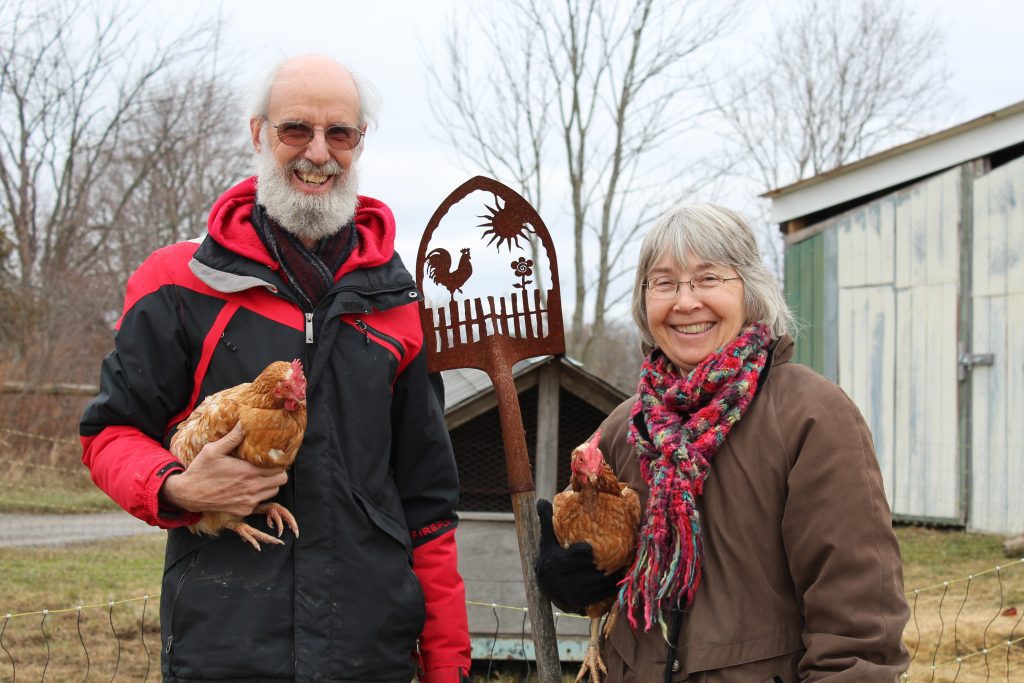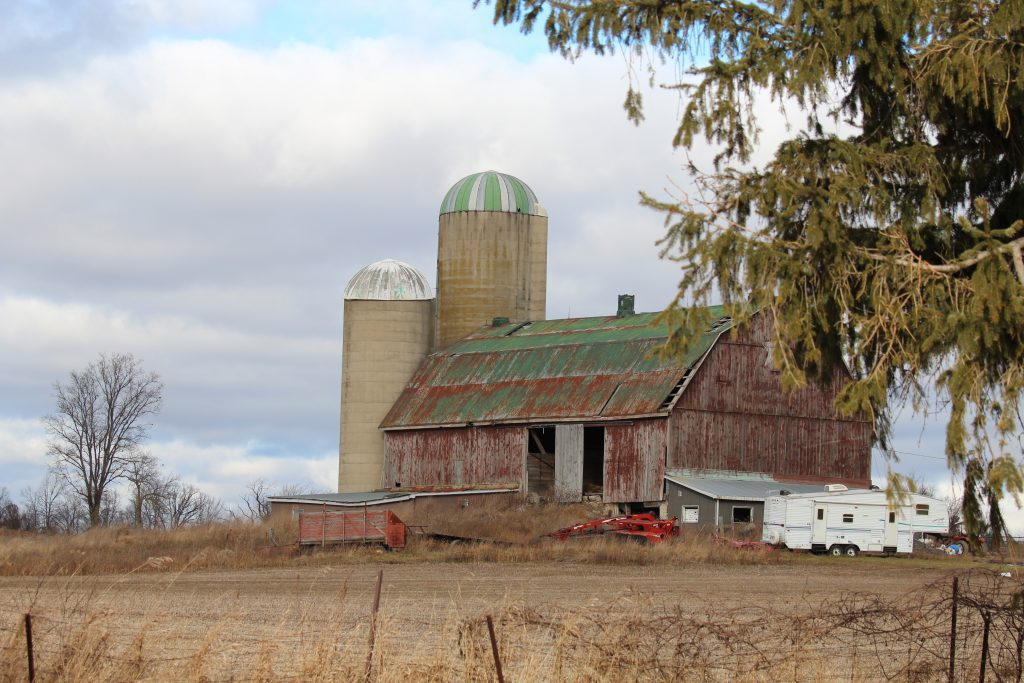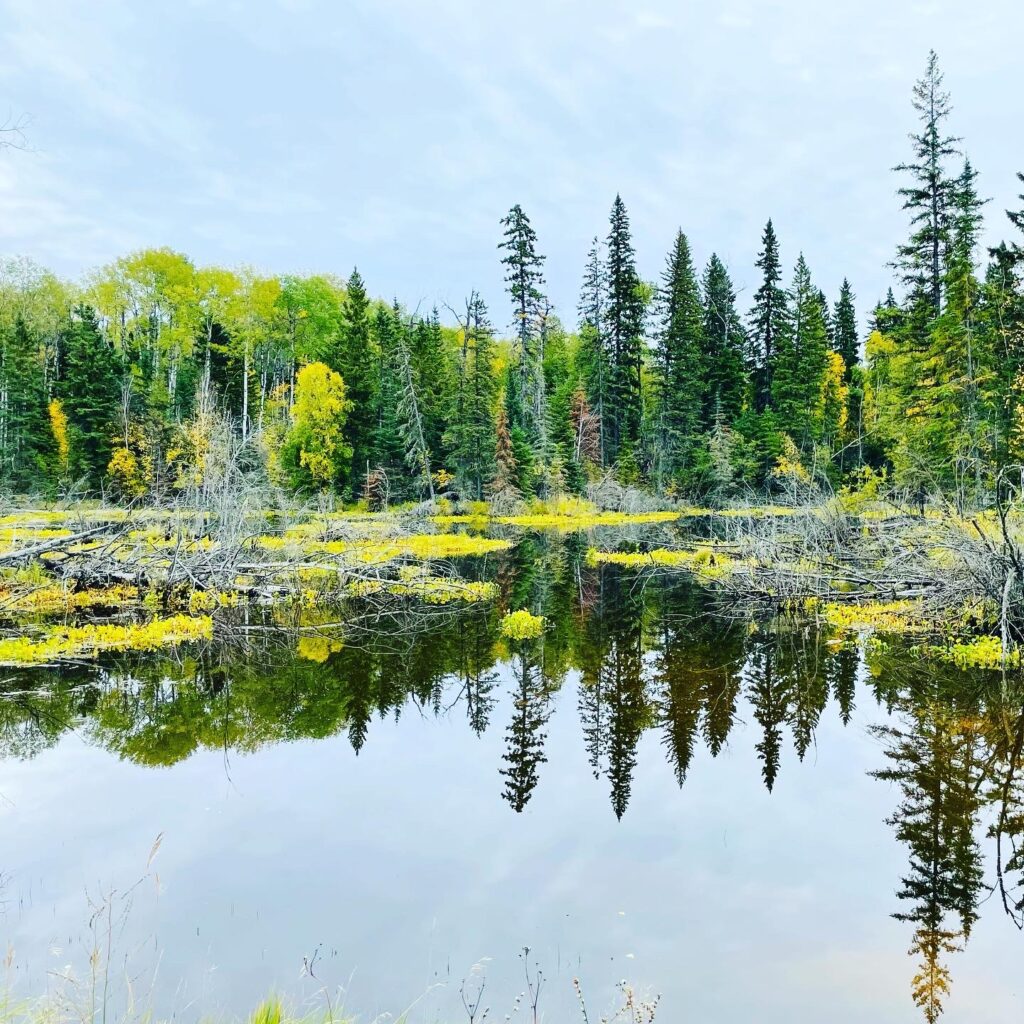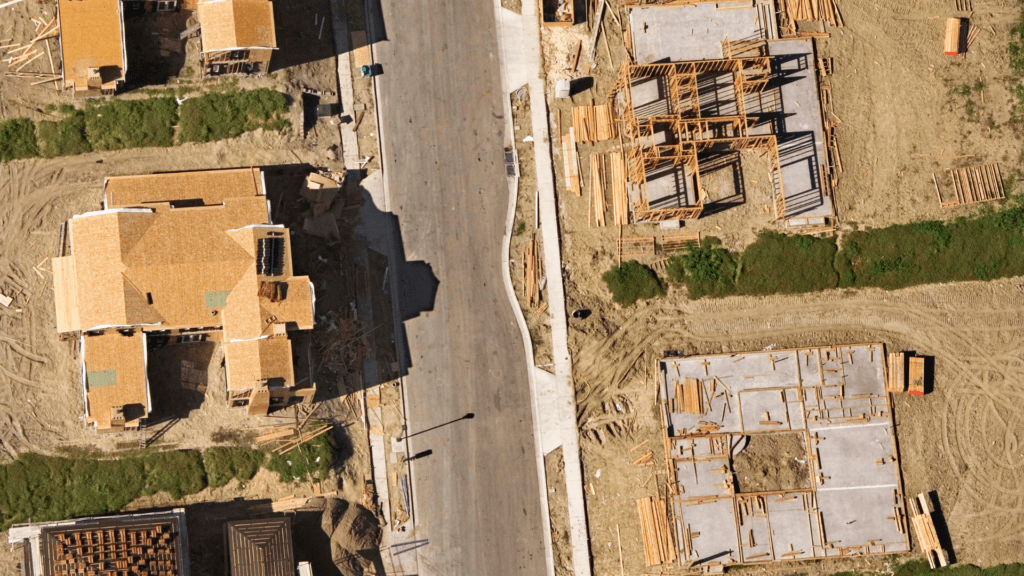This blog is part of our #ProtectOurWaters series that highlights residents who are fighting to expand the Greenbelt in their communities to protect vulnerable water supplies from urbanization and climate change. Please note that the content was updated from the original blog posted on January 22, 2018.
 Organic farmers, Ella Haley and Richard Tunstall, have fought for over a decade to protect the Grand River watershed in Brant County. Without permanent protection of the watershed, the couple worry that their region’s productive farmland will be paved over by deep-pocketed developers.
Organic farmers, Ella Haley and Richard Tunstall, have fought for over a decade to protect the Grand River watershed in Brant County. Without permanent protection of the watershed, the couple worry that their region’s productive farmland will be paved over by deep-pocketed developers.
Q: How did you get involved in Greenbelt action?
A: Our efforts to protect the Grand River watershed began in 2005. When the Greenbelt Plan was created it protected the Grand River watershed in Hamilton, one farm away, but did not protect the watershed areas in Brant County. Critical headwaters of the Grand River flow into our region and irrigate our farmland. Many family farms are situated along the Fairchild Creek and Big Creek tributaries of the Grand River.
A key mandate of the Greenbelt has been to protect natural heritage and water systems that are contiguous. Our farming community, with its forests and water systems, abuts the western border of the Greenbelt but the Greenbelt stops in our lane. If the province truly wanted to protect contiguous farmland and water systems, why were we left out? We see this consultation on Greenbelt expansion as an opportunity to correct past mistakes.
Q: Why does Brant County need Greenbelt protection?
A: Our region is known as the “banana belt”. It is one of the best places in Canada to grow food because of the warm climate and prime farmland. But if we wait ten years, the farmland here may be paved over.
When the Greenbelt boundary was drawn, Brant County suffered from “leapfrog development” with developers and a land banking company buying up huge amounts of prime farmland, including our Mayor’s farm. If the Greenbelt expands in some areas in the Grand River watershed like Paris, Guelph and Waterloo Region, but not in Brant, our farming community east of Brantford will be even more vulnerable to sprawl development.

Q: Why does water need protection in your region?
A: Brant County and Brantford are dependent upon groundwater for drinking. The Grand River watershed provides source water for us and for communities downstream including Six Nations, Cayuga, Caledonia, and Dunneville.
In recent years, Brantford has been dealing with flash floods and soil erosion on farmland from adjacent development. That, and fluctuating weather patterns, make our water supply even more vulnerable and precious. Last year, we had a drought and were forced to buy water. Water shortages threaten the future of farming in our region.
Greenbelt expansion will add an extra layer of protection to ensure long-term water supplies.
Q: What is your long-term vision for this region?
A: Our dream is to revitalize this region with small-scale organic farmers that protect our natural heritage. With the Greenbelt, this will be possible.
We hope that the province will be bold this time around and consider the bigger picture. Sustainable Brant has taken the lead locally on developing a coalition of groups that work to protect our water and our heritage. Our goal is to grow the Greenbelt to include the Grand River watershed in Brant County.
Ontarians love the Greenbelt and its protection of our food and water sources for future generations. Tell Ontario to expand the Greenbelt to include more areas like the Paris Galt Moraine.








